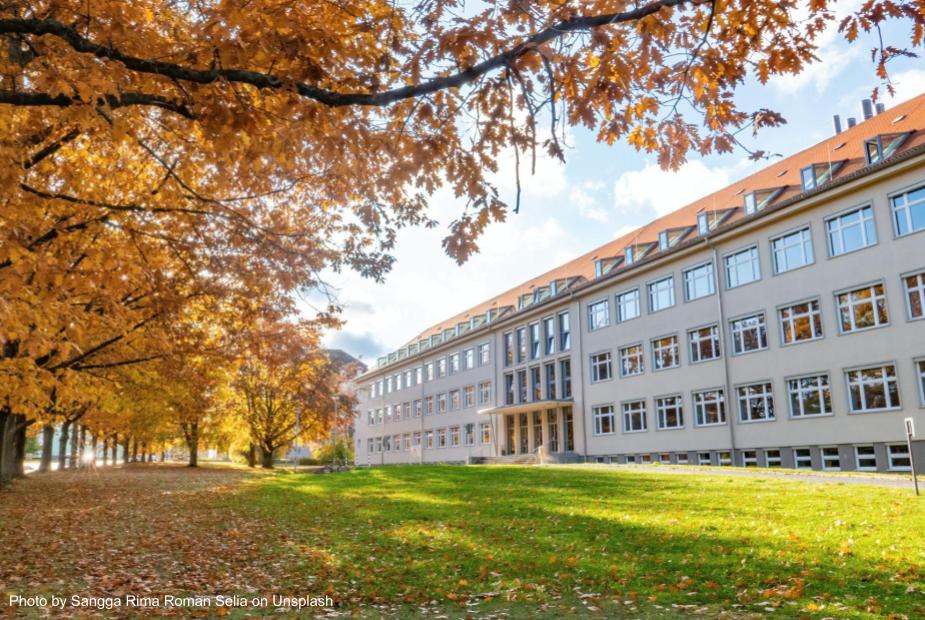Preparing for Marblehead’s Electricity Future
Growing up in Marblehead, I’ve taken electricity for granted. I have always been accustomed to reliable, affordable, and safe access to electricity through the complex network of infrastructure known as the “grid”. Over the past several years, I’ve worked as an engineer to design electrical and HVAC systems for homes across New England. It has become increasingly apparent that many communities – including my hometown – are poorly equipped to meet the electricity demands of the near future.
Electric grids are sized based on the maximum amount of energy delivered at a given time, known as the “peak load”. The equation is simple: if the peak load of the town grows, the grid’s electrical equipment (wires, transformers, switches, etc.) needs to grow too. What’s more, town electric rates are determined by our annual peak load; a higher peak means we all pay a higher rate.
With that in mind, we turn our attention to another requirement: grid “decarbonization”, or the transition from conventional fossil fuel sources (natural gas, propane, etc.) to non-emitting sources (nuclear, solar, wind, geothermal, etc.). Massachusetts mandates that 50% of power sources be non-emitting by 2030. This push arises amid a chorus of warnings from the international scientific, political, and corporate communities that it is “now or never” for curbing carbon emissions. Currently, Marblehead provides only 44% of its electricity through non-emitting sources, and load is projected to grow by 2% each year as heat pumps and electric vehicles continue to supplant fossil fuel infrastructure.
The punchline is this: intelligent, wholesale investment in grid technology is imperative for Marblehead’s electric future. How do we get there?
- Data and Modeling – The Marblehead Municipal Light Department (MMLD) needs to understand projected demands of the grid, and our infrastructure needs to grow in tandem. Without a model to inform investment, we will constantly be plagued with rate hikes, supply chain issues, and construction delays. Equipment and software upgrades that we make today must anticipate and respond to the evolving needs of the town.
- Rate Reform – Electric rates need to incentivize residents to use electricity at “off-peak” times of the day. If we all crank the A/C, run laundry, and charge EVs at the same time every day, everyone pays a higher rate. It stands to reason that using electricity outside of “peak hours” should be cheap; during peak hours it should be expensive.
- Customer Support – Residents need the resources and guidance to make smart decisions about their buildings, particularly installing solar panels, batteries, and other transformative technologies. We can look to towns like Ipswich, which also has a municipally owned and operated light plant, for examples of programs that successfully promote these technologies through customer support.
Marblehead desperately needs a pathway to guarantee cheap, secure, and carbon-free electricity. This comes with intelligent, data-backed grid investments, development of Marblehead-made sources of renewable energy (rooftop solar), and a collective commitment to reduce the peak load of the town.
Given where we are today, we can no longer take our electricity for granted.
Christopher Colcord
Webster Avenue
Cambridge, MA
2016 graduate of Marblehead High School








